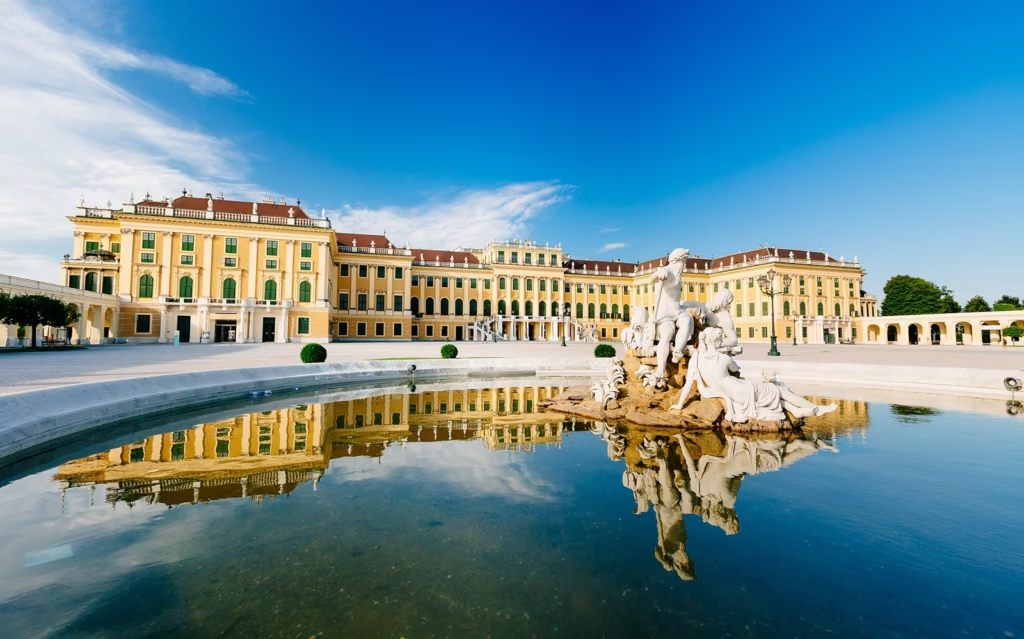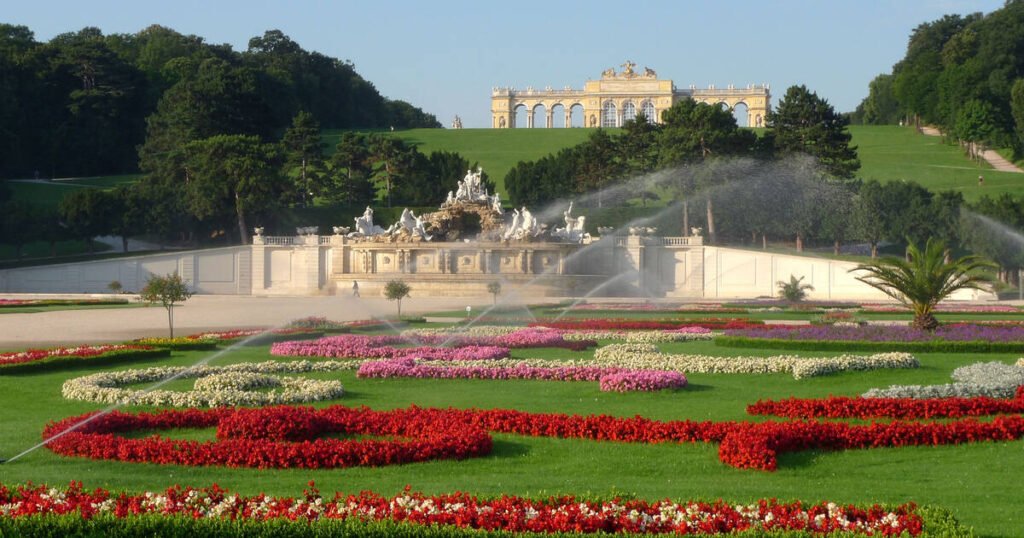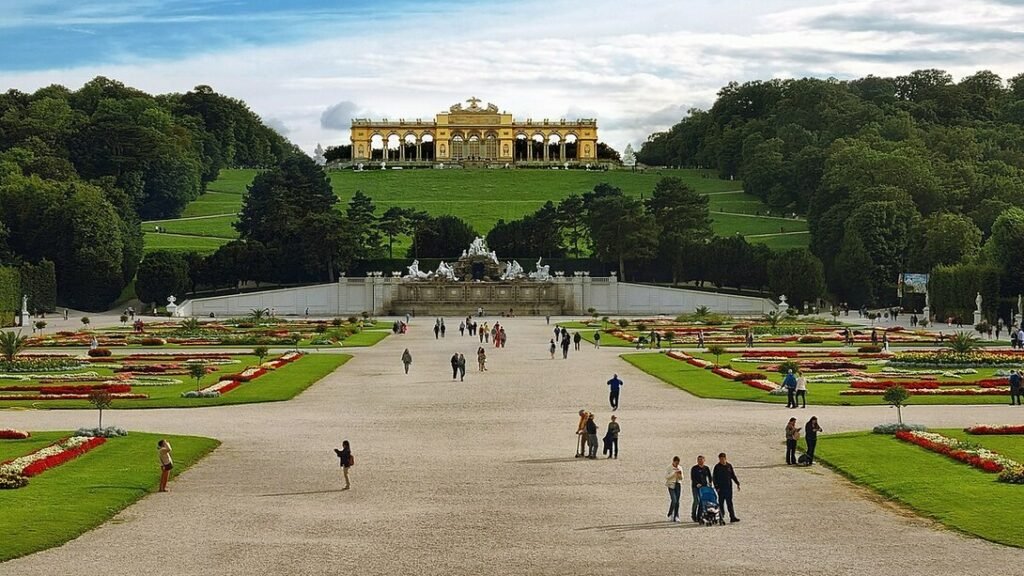Vienna is often celebrated as the city of music, coffee houses, and imperial elegance. Among its many cultural gems, Schönbrunn Palace stands out as Austria’s most famous and visited attraction. Once the summer residence of the Habsburg dynasty, this magnificent Baroque palace embodies centuries of history, luxury, and architectural brilliance. Today, it is a UNESCO World Heritage Site and a must-visit destination for anyone exploring Vienna.
A Royal Legacy
The origins of Schönbrunn date back to the late 16th century when the land was acquired by Emperor Maximilian II for hunting. The palace as we know it took shape in the late 17th century under Emperor Leopold I, who commissioned a grand Baroque residence to rival France’s Versailles. However, it was during the reign of Empress Maria Theresa in the 18th century that Schönbrunn blossomed into the dazzling palace that continues to awe visitors today.
Maria Theresa made Schönbrunn the center of court life, hosting lavish banquets, political gatherings, and family celebrations within its opulent halls. Later, Emperor Franz Joseph, who reigned for nearly seven decades, grew up and eventually died here, cementing the palace’s importance in Austrian history.

Architectural Grandeur
Schönbrunn Palace boasts 1,441 rooms, though only around 40 are open to the public. Each room tells a story of imperial life, adorned with ornate frescoes, gilded details, and elaborate furnishings. Among the most notable are:
The Great Gallery: A dazzling Rococo ballroom with glittering chandeliers and ceiling frescoes, used for grand receptions and state banquets.
The Mirror Room: Famous as the place where a young Mozart, at just six years old, performed for Empress Maria Theresa.
The Vieux-Laque Room: Decorated with exquisite Chinese lacquer panels, reflecting the Habsburgs’ fascination with Eastern art.
The Millions Room: A highlight of the palace, renowned for its rare rosewood paneling and Indo-Persian miniatures.
Every corner of Schönbrunn exudes a blend of artistic mastery and imperial opulence, offering a glimpse into the grandeur of the Habsburg dynasty.
The Gardens – A Baroque Wonderland
Equally breathtaking as the palace itself are the Schönbrunn Gardens, a masterpiece of Baroque landscape design. Spanning 435 acres, the gardens are filled with meticulously manicured lawns, symmetrical flowerbeds, fountains, and sculptures.
At the far end of the gardens stands the Gloriette, a hilltop pavilion offering panoramic views of Vienna and the palace grounds. Once used as a dining hall and lookout point, it is now a popular spot for photography and relaxation.
Other highlights include the Neptune Fountain, symbolizing imperial power, and the Maze and Labyrinth, which offer fun exploration for both children and adults.

Schönbrunn Zoo – The World’s Oldest
Located within the palace grounds is the Tiergarten Schönbrunn, the world’s oldest continuously operating zoo, founded in 1752 by Emperor Franz I Stephan. Today, it is a modern conservation-focused zoo, home to pandas, elephants, and over 700 species of animals, making it a delightful addition to any family visit.
Cultural Significance
Schönbrunn is more than just a palace; it is a cultural symbol of Austria’s imperial past. Hosting millions of visitors each year, it also serves as a venue for concerts and events, including the famous Summer Night Concert by the Vienna Philharmonic, held in the gardens against the stunning palace backdrop.

Visiting Schönbrunn Palace – Practical Tips
Location: Just 30 minutes from Vienna’s city center by U-Bahn (metro line U4).
Opening Hours: Open daily, though hours vary by season. Early morning visits are recommended to avoid crowds.
Tickets: Several ticket options are available, including the Imperial Tour (22 rooms) and the Grand Tour (40 rooms). Combined tickets also include garden attractions and the zoo.
Best Time to Visit: Spring and summer showcase the gardens in full bloom, while winter offers festive charm with Christmas markets in front of the palace.
Conclusion
Schönbrunn Palace is a living testament to the grandeur of the Habsburg Empire. From its lavish interiors to its enchanting gardens and world-famous zoo, it offers a journey into Austria’s imperial legacy. Whether you are drawn by history, architecture, or simply the allure of Baroque beauty, Schönbrunn promises an unforgettable experience and remains an essential stop for every traveler in Vienna.





















